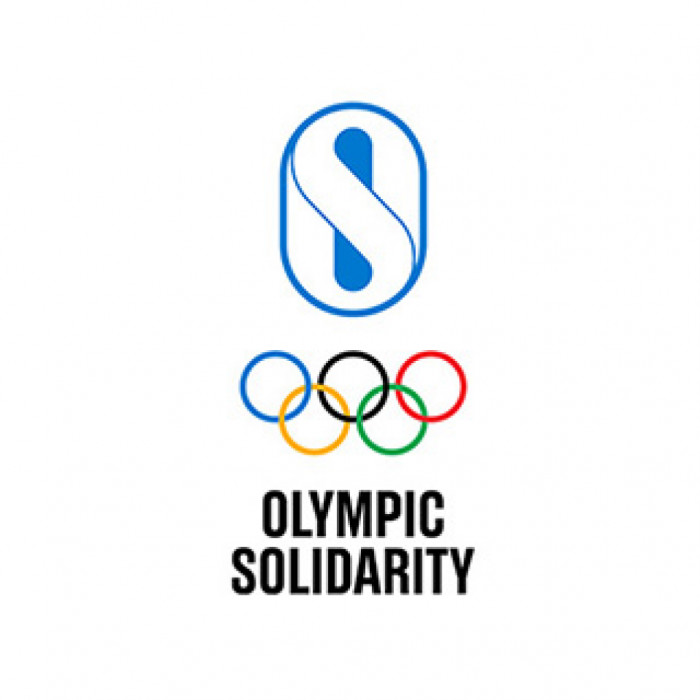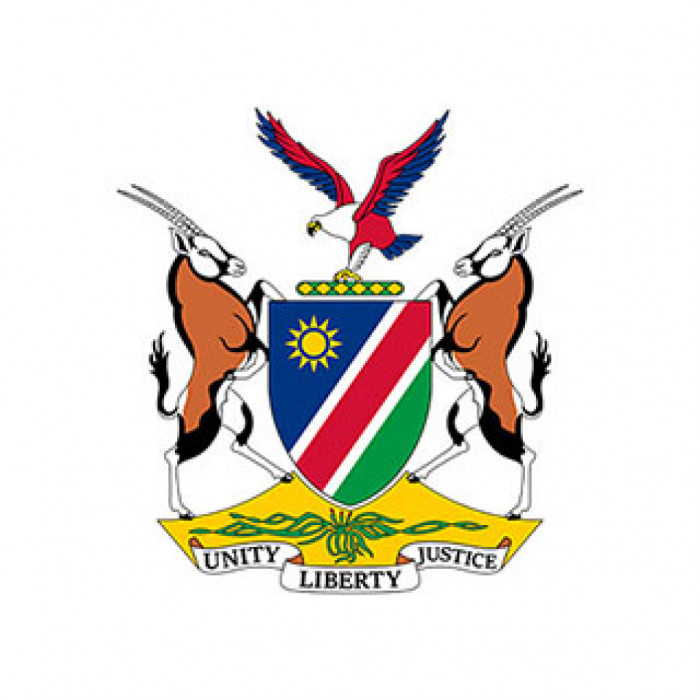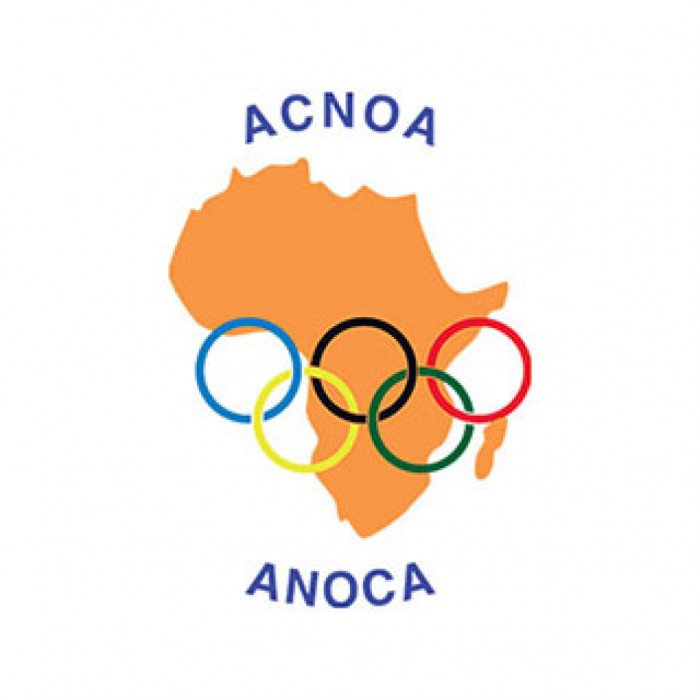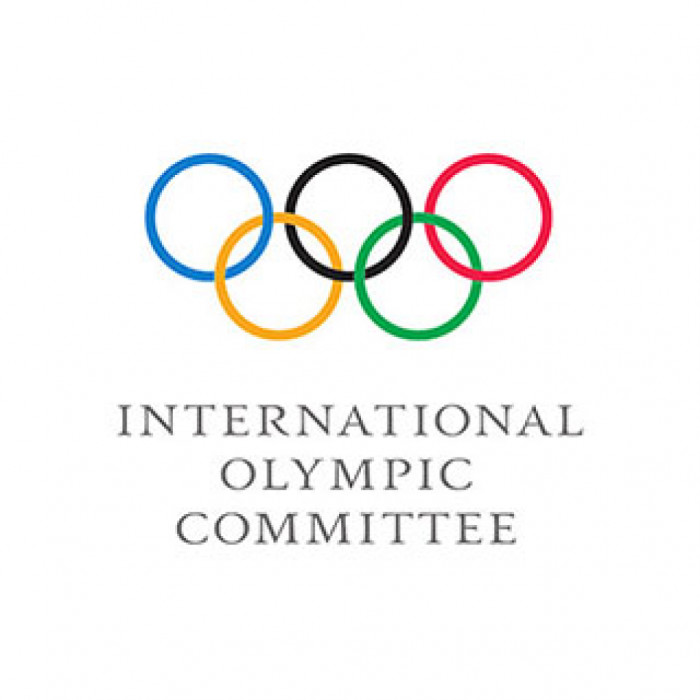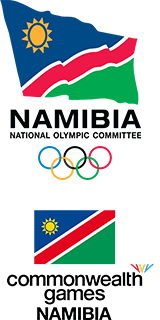The Anti-Doping Testing Procedure

The Sample Collection Process
· Notification
The athlete is notified by a doping control officer (DCO) or chaperone that they have been selected for doping control (testing).
· Reporting to the Doping Control Station
The athlete must report to the doping control station immediately.
· Choosing a sample collection vessel (urine sample) and/or blood collection kit (blood sample)
The athlete will choose a urine sample collection vessel from a selection made available by the doping control personnel.
If a blood sample is collected, the athlete will choose a blood collection kit from a selection made available by the doping control personnel.
· Providing a sample
The DCO or chaperone will witness the passing of the urine sample when the athlete is ready to provide it.
A blood collection officer (BCO) will draw blood from the athlete using two vials (which will become the A & B sample).
· Splitting of the sample
The athlete will divide their urine into the A and B bottles, saving a residual amount of urine in the sample collection vessel. The B sample allows the athlete to have a second analysis performed in the event their ‘A sample returns an adverse analytical finding (a ‘positive’ result)
If a blood sample is collected, the blood vials will be placed in the A and B blood sample collection bottles. Only one vial may be necessary if the blood sample is collected as part of an Athlete Biological Passport program.
· Sealing of the sample
The athlete will seal the A and B bottles.
· Measuring specific gravity (urine)
The DCO measures the specific gravity of the athlete’s urine to determine whether it meets laboratory standards. If the sample is too dilute the athlete will be asked to provide additional sample(s).
· Completing the Doping Control Form (DCF)
The athlete completes the DCF, either in paper or digital format, with the DCO. The athlete is asked to provide personal information, a list of substances or methods used, and any comments they may have related to the doping control process. The athlete receives a print or digital copy of the DCF.
· The sample is sent to the laboratory
The athlete’s sealed sample is secured and sent to a WADA-accredited laboratory.
